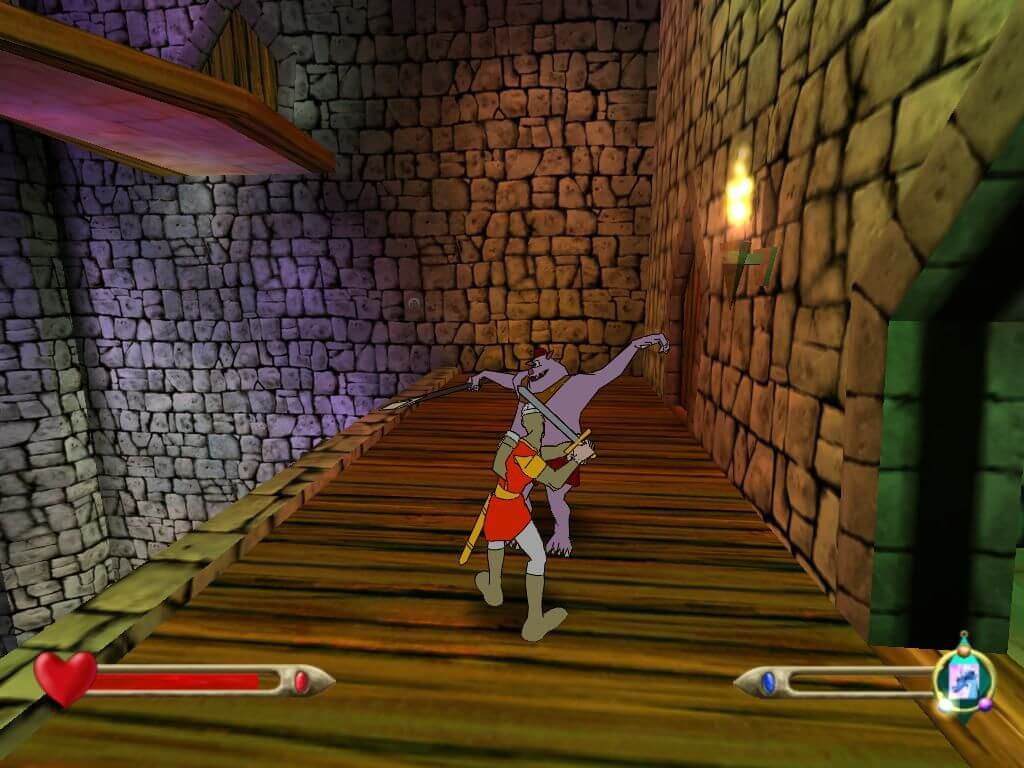

Now I would like to talk about the psychology of the DM who decides to use a dragon. Drop them from a few thousand feet and see how they fare. It’s not on their stat block but with their massive strength modifiers they can easily grasp a Wizard in their claws and drag them through any hazards far away from the help of the party. Dragons have many special abilities associated with them that they can use to separate the party, but one thing that is common amongst all of them is their grapple attack. When your players see a dragon, they will not hold back and neither should you as the Dungeon Master.Ī dragon’s main goal in any battle should be to isolate the individual members of the party. This means the battle may begin far before you ever pull out the battle map. With the action economy of 5th edition, it is very easy for a dragon to get overwhelmed. Dragons, due to their massive pool of hitpoints and powerful physical attacks may be treated as a bag of hitpoints that can quickly keel over given enough firepower. The common attribute of the 3 previous enemies is that their intellect is a key component of their danger. They are dangerous enemies and your players should be afraid of them the same way they are afraid of Beholders, Mind Flayers, and Medusas.

The Minds of the Viciousĭragons are not claw/claw/bite creatures and should never rush blindly into a battle. If you’ve read my previous posts, feel free to skip this next section.

Let’s start by discussing the psychology behind playing a dragon.
#DRAGON LAIR 3 STAR EASY SERIES#
This series was started in an attempt to dissuade that notion, and show that when a dragon is used to the fullest of its abilities, it can be a terrifying force of nature. I’ve been told that dragons are nothing better than big, dumb, idiot lizards who can fly and have a breath weapon. Lairs of Legends: Black Dragon, Blue Dragon, Green Dragon, Red Dragon, White Dragon, Beholders, Aboleths


 0 kommentar(er)
0 kommentar(er)
